Harvesting purple cabbage from your own garden is one of the most rewarding experiences a home gardener can have! Imagine the vibrant color and fresh, earthy flavor gracing your dinner table, all thanks to your own green thumb. But knowing when and how to harvest your beautiful purple cabbage can be a little tricky. Don’t worry, I’m here to guide you through the process with some easy DIY tricks and hacks that will ensure you get the most out of your homegrown bounty.
Cabbage, in general, has a rich history, dating back to ancient times. The Romans and Greeks highly valued it for its nutritional properties and medicinal uses. Over centuries, different varieties emerged, including our stunning purple friend. Today, growing your own vegetables, especially something as visually striking as purple cabbage, is a fantastic way to connect with nature, reduce your carbon footprint, and enjoy healthier, fresher food.
Let’s face it, store-bought vegetables often lack the flavor and freshness of homegrown produce. Plus, knowing exactly where your food comes from and how it was grown gives you peace of mind. This DIY guide will empower you to confidently harvesting purple cabbage at its peak ripeness, ensuring you get the best flavor and nutritional value. We’ll cover everything from identifying signs of maturity to proper harvesting techniques, so you can enjoy delicious, homegrown purple cabbage in all your favorite recipes!
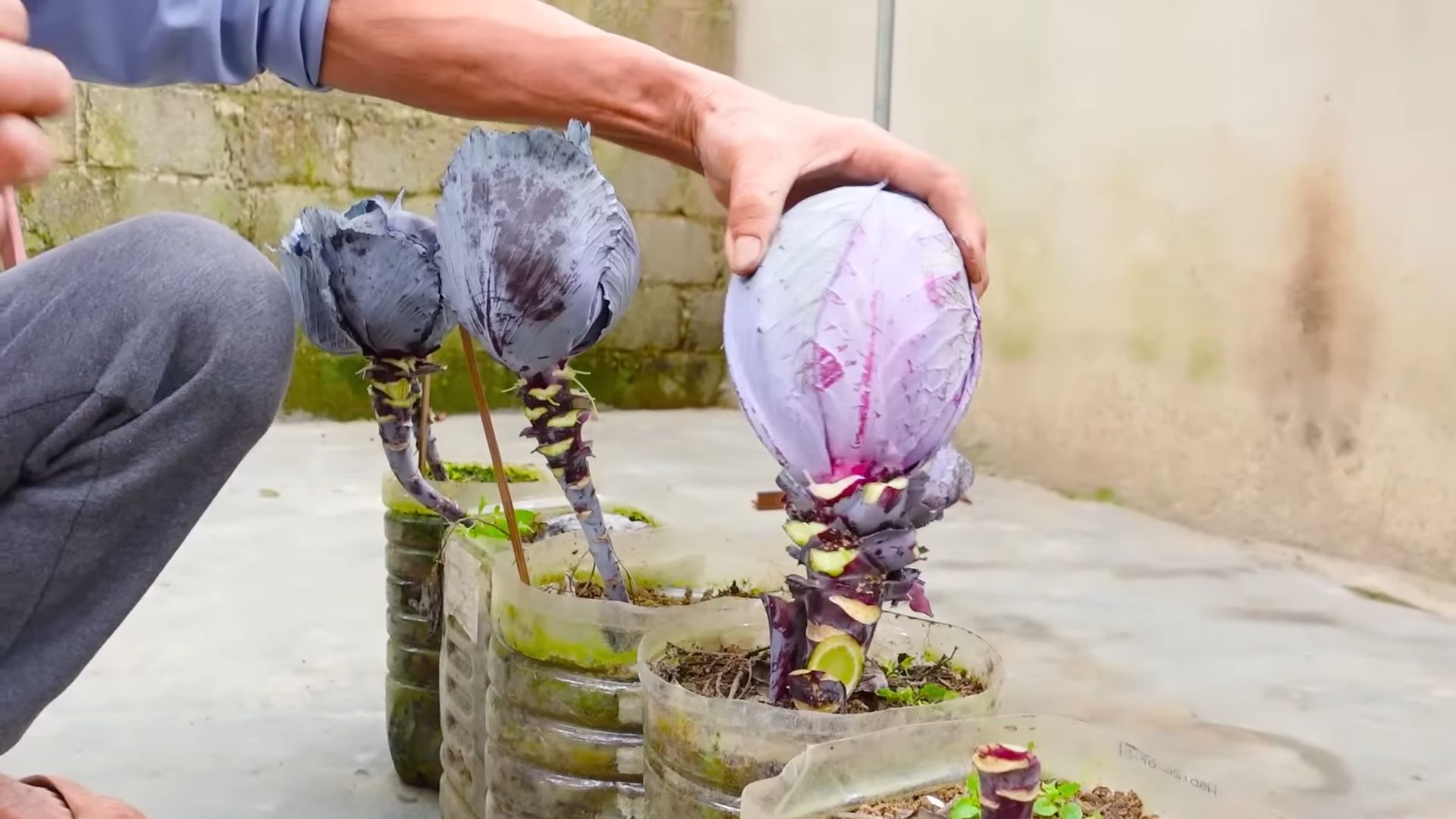
Harvesting Purple Cabbage Like a Pro: A DIY Guide
Okay, so you’ve nurtured your purple cabbage from a tiny seedling to a beautiful, vibrant head. Now comes the exciting part: harvesting! Don’t worry, it’s not rocket science, and I’m here to guide you through the process step-by-step. We’ll make sure you get the most out of your hard work and end up with perfectly ripe cabbages ready for some delicious recipes.
Knowing When to Harvest: The Key to Success
The biggest mistake you can make is harvesting too early or too late. Here’s how to tell when your purple cabbage is ready for its close-up:
* Check the Size: Most purple cabbage varieties are ready to harvest when the head reaches 6-10 inches in diameter. Of course, this depends on the specific variety you planted, so check your seed packet or plant tag for the expected size.
* Feel the Firmness: Gently squeeze the cabbage head. It should feel firm and solid, not soft or spongy. A soft head indicates it’s overripe and might have started to split.
* Inspect the Head: Look for a tightly packed head with vibrant color. Avoid harvesting if the head is cracked, split, or shows signs of insect damage or disease. A few outer leaves might be loose or slightly damaged, and that’s perfectly normal.
* Consider the Time: Most purple cabbage varieties mature in 70-100 days from transplanting. Keep track of when you planted them and check for readiness around that time. Remember that weather conditions can affect the maturity rate.
Tools You’ll Need
Before you head out to the garden, gather these essential tools:
* Sharp Knife or Pruning Shears: A sharp blade is crucial for a clean cut and prevents damage to the remaining plant.
* Gloves: Protect your hands from dirt and any potential irritants.
* Basket or Bag: To carry your harvested cabbages.
* Water Hose (Optional): For rinsing off any excess dirt.
The Harvesting Process: Step-by-Step
Alright, let’s get down to business! Follow these steps for a successful purple cabbage harvest:
1. Prepare Your Tools: Make sure your knife or pruning shears are clean and sharp. This will ensure a clean cut and minimize the risk of disease transmission. I always give mine a quick wipe with rubbing alcohol just to be extra safe.
2. Locate the Cabbage Head: Identify the mature cabbage head you want to harvest. Gently pull back any surrounding leaves to get a clear view of the stem.
3. Make the Cut: Using your sharp knife or pruning shears, make a clean, angled cut through the stem just below the head. Leave about 2-3 inches of stem attached to the cabbage. This helps prevent the head from rotting quickly.
4. Remove Outer Leaves (Optional): If the outer leaves are damaged or wilted, you can remove them before bringing the cabbage inside. This will help keep your refrigerator clean.
5. Handle with Care: Gently lift the harvested cabbage head and place it in your basket or bag. Avoid dropping or bruising the cabbage, as this can shorten its storage life.
6. Rinse (Optional): If the cabbage is covered in dirt, you can gently rinse it with a hose or in a sink. Be sure to dry it thoroughly before storing it.
7. Store Properly: Store your harvested purple cabbage in the refrigerator’s crisper drawer. It can last for several weeks if stored properly.
What to Do After Harvesting: Encouraging Regrowth
Even after harvesting the main head, your purple cabbage plant can still produce smaller side shoots. Here’s how to encourage regrowth:
* Leave the Root System Intact: Don’t pull up the entire plant after harvesting the main head. Leave the root system in the ground.
* Water Regularly: Continue to water the plant regularly to keep the soil moist.
* Fertilize Lightly: Apply a light dose of balanced fertilizer to provide the plant with the nutrients it needs to produce new growth. I usually use a liquid seaweed fertilizer diluted to half strength.
* Monitor for Side Shoots: Keep an eye out for small cabbage heads forming along the stem. These side shoots can be harvested when they reach a desirable size.
Troubleshooting Common Issues
Sometimes, things don’t go exactly as planned. Here are some common issues you might encounter and how to address them:
* Cabbage Head Splitting: This can happen if the cabbage receives too much water after a period of drought. To prevent splitting, water regularly and consistently. If the head has already split, harvest it immediately.
* Insect Damage: Cabbage worms and other pests can damage your cabbage heads. Inspect your plants regularly and take appropriate measures to control pests. I prefer using organic methods like Bacillus thuringiensis (Bt).
* Disease: Various diseases can affect purple cabbage. Choose disease-resistant varieties and practice good garden hygiene to prevent disease outbreaks.
Tips for Storing Your Harvested Purple Cabbage
Proper storage is key to extending the shelf life of your purple cabbage. Here are some tips:
* Don’t Wash Before Storing: Washing the cabbage before storing it can promote rot. Only wash it right before you’re ready to use it.
* Wrap in Plastic Wrap: Wrap the cabbage head tightly in plastic wrap to prevent it from drying out.
* Store in the Crisper Drawer: The crisper drawer in your refrigerator provides the ideal humidity for storing cabbage.
* Check Regularly: Check your stored cabbage regularly for any signs of spoilage. Remove any damaged or wilted leaves.
Delicious Ways to Use Your Purple Cabbage
Now that you’ve harvested your beautiful purple cabbage, it’s time to get creative in the kitchen! Here are some of my favorite ways to use it:
* Salads: Shredded purple cabbage adds a vibrant color and crunchy texture to salads.
* Slaws: Purple cabbage is a classic ingredient in coleslaw.
* Pickled Cabbage: Pickled purple cabbage is a tangy and flavorful condiment.
* Stir-fries: Add chopped purple cabbage to stir-fries for a healthy and colorful boost.
* Roasted Cabbage: Roasting purple cabbage brings out its natural sweetness.
* Soups and Stews: Purple cabbage can be added to soups and stews for extra flavor and nutrients.
* Fermented Cabbage (Sauerkraut): Make your own homemade sauerkraut using purple cabbage for a unique twist.
Understanding Purple Cabbage Varieties
Knowing the variety of purple cabbage you’re growing can help you anticipate its size, maturity time, and flavor profile. Here are a few popular varieties:
* Red Acre: A popular early-maturing variety with a compact head.
* Ruby Ball: A round, deep-purple cabbage with a mild flavor.
* Red Express: A fast-growing variety that’s ready to harvest in about 70 days.
* Langedijker Dauer: A Dutch heirloom variety known for its excellent storage qualities.
Why Grow Purple Cabbage? The Benefits Beyond the Color
Beyond its stunning color, purple cabbage offers a range of health benefits:
* Rich in Antioxidants: Purple cabbage is packed with antioxidants, which help protect your body against cell damage.
* High in Vitamin C: Vitamin C is essential for immune function and collagen production.
* Good Source of Fiber: Fiber promotes digestive health and helps you feel full.
* Contains Vitamin K: Vitamin K is important for blood clotting and bone health.
* Low in Calories: Purple cabbage is a healthy and low-calorie addition to any diet.
Common Mistakes to Avoid When Harvesting
Let’s recap some common pitfalls to sidestep for a flawless harvest:
* Harvesting Too Early: Patience is key! Wait until the head is firm and the right size.
* Harvesting Too Late: Overripe cabbage can split and lose its flavor.
* Using a Dull Knife: A dull knife can damage the plant and make harvesting difficult.
* Dropping the Cabbage: Handle the cabbage gently to avoid bruising.
* Storing Improperly: Proper storage is essential for extending the shelf life of your harvest.
Final Thoughts: Enjoy the Fruits (or Vegetables!) of Your Labor
Harvesting your own purple cabbage is a rewarding experience. Not only do you get to enjoy the delicious flavor and health benefits of this vibrant vegetable, but you also get the satisfaction of knowing you grew it yourself. So, grab your tools, head out to the garden, and get ready to harvest your beautiful purple cabbages! Happy gardening!
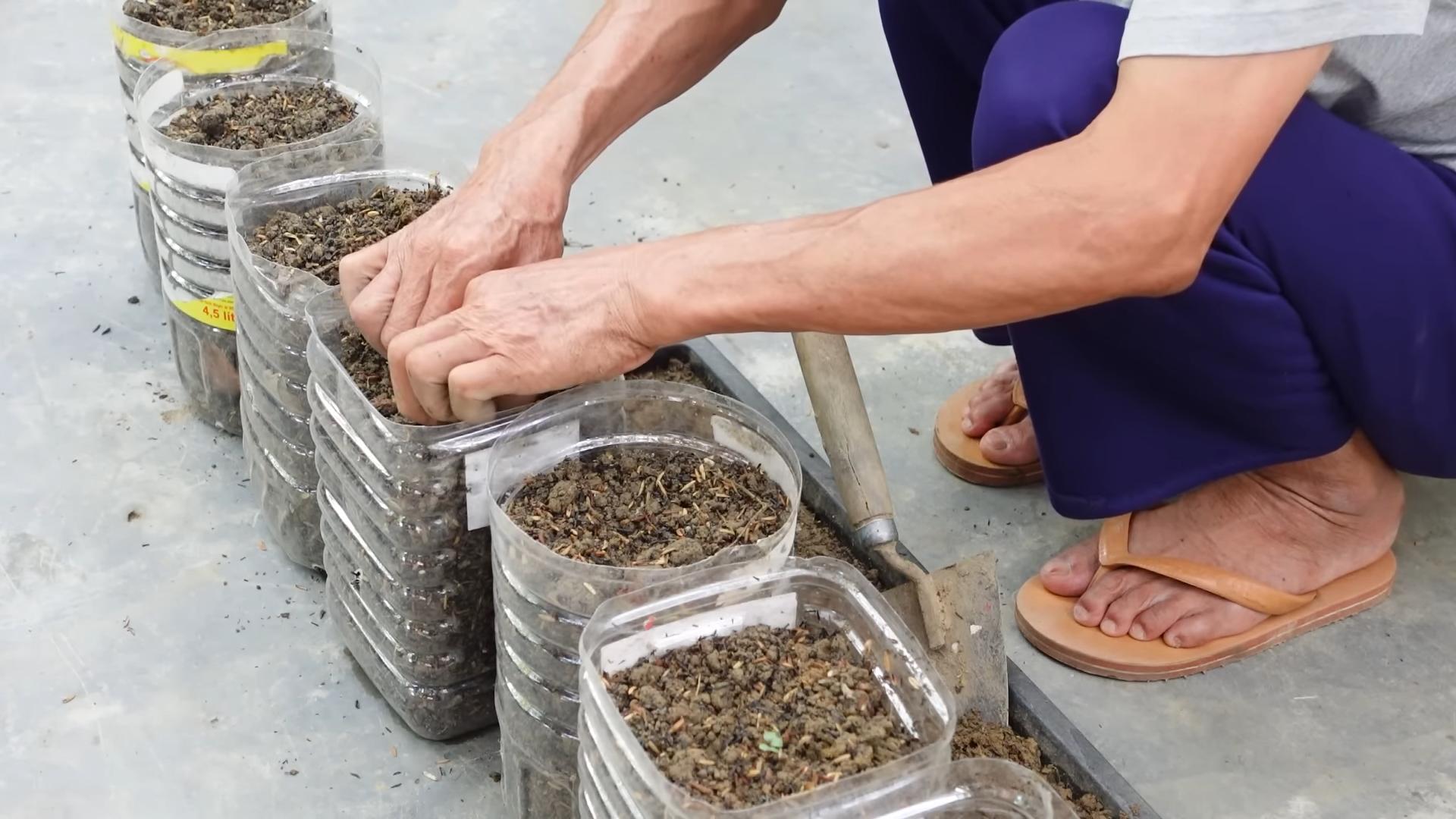
Conclusion
So, there you have it! Harvesting your own purple cabbage isn’t just about getting a delicious and nutritious vegetable; it’s about connecting with the earth, understanding the growing process, and enjoying the unparalleled freshness that store-bought produce simply can’t match. This simple DIY trick transforms your garden into a vibrant source of culinary inspiration.
Why is this a must-try? Because the flavor of freshly harvested purple cabbage is noticeably sweeter and more vibrant than anything you’ll find sitting on a grocery store shelf. The crispness is unmatched, and the satisfaction of knowing you nurtured this beautiful head of cabbage from seed to table is incredibly rewarding. Plus, you’re in complete control of the growing process, ensuring your cabbage is free from unwanted pesticides and chemicals.
But the fun doesn’t stop there! Consider these variations to elevate your purple cabbage harvesting experience:
* **Succession Planting:** Plant multiple rounds of purple cabbage seeds a few weeks apart to ensure a continuous harvest throughout the growing season. This way, you’ll always have fresh cabbage on hand for your favorite recipes.
* **Companion Planting:** Maximize your garden’s potential by planting companion plants alongside your purple cabbage. Marigolds, for example, can deter pests, while dill attracts beneficial insects.
* **Different Varieties:** Explore different varieties of purple cabbage! Some are more compact, while others have a deeper purple hue. Experiment to find your favorite.
* **Fermenting:** Transform your harvest into delicious and healthy sauerkraut or kimchi. Purple cabbage adds a beautiful color and unique flavor to fermented dishes.
* **Freezing:** If you have a bumper crop, don’t let any of your precious purple cabbage go to waste! Blanch and freeze it for use in soups, stews, and stir-fries throughout the winter months.
Don’t be intimidated if you’re a beginner gardener. Harvesting purple cabbage is a straightforward process, and the rewards are well worth the effort. With a little planning and care, you can enjoy a bountiful harvest of this beautiful and nutritious vegetable.
We wholeheartedly encourage you to give this DIY trick a try. Get your hands dirty, connect with nature, and experience the joy of harvesting your own purple cabbage. We’re confident you’ll be amazed by the difference in flavor and freshness.
And most importantly, we want to hear about your experience! Share your photos, tips, and recipes with us in the comments below. Let’s create a community of purple cabbage enthusiasts and inspire others to embrace the joys of homegrown produce. What challenges did you face? What successes did you celebrate? Your insights will help other gardeners on their journey to a bountiful purple cabbage harvest. Let’s get growing!
Frequently Asked Questions (FAQ)
When is the best time to harvest purple cabbage?
The ideal time to harvest purple cabbage is when the head is firm, dense, and has reached its mature size, typically around 6-8 inches in diameter. The exact timing will depend on the variety of cabbage you’re growing and the growing conditions in your area. Generally, purple cabbage matures in 70-90 days from transplanting. Check the seed packet or plant tag for specific information on your variety. A good way to test for ripeness is to gently squeeze the head. If it feels solid and doesn’t give much, it’s likely ready to harvest. Avoid harvesting if the head is starting to split, as this indicates it’s overripe.
How do I know if my purple cabbage is ready to harvest?
Several factors indicate that your purple cabbage is ready for harvest. First, the head should be firm and dense to the touch. Second, it should have reached its mature size, which is typically around 6-8 inches in diameter, depending on the variety. Third, the color should be a deep, vibrant purple. Finally, check the seed packet or plant tag for the expected maturity date of your specific variety. If the cabbage meets all these criteria, it’s likely ready to harvest.
What tools do I need to harvest purple cabbage?
You’ll need a few basic tools to harvest purple cabbage:
* A sharp knife or pruning shears: This is essential for cutting the cabbage head from the stem. Make sure your knife or shears are clean and sharp to ensure a clean cut and prevent the spread of disease.
* Gloves (optional): Wearing gloves can protect your hands from dirt and any potential irritants on the cabbage leaves.
* A basket or container: This will be used to collect your harvested cabbage heads.
How do I harvest purple cabbage without damaging the plant?
To harvest purple cabbage without damaging the plant, use a sharp knife or pruning shears to cut the head from the stem, leaving a few outer leaves intact. Cut the stem just below the head, leaving about 1-2 inches of stem attached. This will help prevent the cabbage from rotting. Avoid pulling or twisting the head, as this can damage the plant and surrounding roots. If you leave the root system intact, the plant may produce smaller side shoots that can be harvested later.
Can I harvest purple cabbage after a frost?
Yes, you can generally harvest purple cabbage after a light frost. In fact, a light frost can actually improve the flavor of the cabbage by increasing its sugar content. However, if the cabbage has been exposed to a hard freeze (temperatures below 28°F for an extended period), it may become damaged and mushy. In this case, it’s best to harvest the cabbage as soon as possible to prevent further deterioration.
How do I store harvested purple cabbage?
To store harvested purple cabbage, remove any loose or damaged outer leaves. Wrap the cabbage head tightly in plastic wrap or place it in a plastic bag. Store it in the crisper drawer of your refrigerator. Properly stored purple cabbage can last for several weeks. Avoid washing the cabbage before storing it, as this can promote spoilage. Wash it only when you’re ready to use it.
What can I do with the outer leaves of the purple cabbage?
Don’t throw away the outer leaves of your purple cabbage! They are still edible and nutritious. You can use them in soups, stews, or stir-fries. You can also chop them up and add them to salads or coleslaw. Alternatively, you can compost them to enrich your garden soil.
My purple cabbage head is splitting. What should I do?
A splitting cabbage head indicates that it’s overripe and has absorbed too much water. This can happen after heavy rainfall or inconsistent watering. If your cabbage head is splitting, harvest it immediately to prevent further deterioration. You can still use the cabbage, but it may not be as firm or flavorful as a perfectly ripe head.
Can I grow purple cabbage in containers?
Yes, you can grow purple cabbage in containers, but you’ll need a large container (at least 12 inches in diameter) to accommodate the plant’s root system. Choose a well-draining potting mix and provide the plant with plenty of sunlight (at least 6 hours per day). Water regularly and fertilize every few weeks with a balanced fertilizer.
What are some common pests and diseases that affect purple cabbage?
Some common pests that affect purple cabbage include cabbage worms, aphids, and flea beetles. Common diseases include black rot, clubroot, and downy mildew. To prevent pest and disease problems, practice good garden hygiene, such as removing plant debris and weeds. You can also use organic pest control methods, such as insecticidal soap or neem oil. Choose disease-resistant varieties of purple cabbage whenever possible.

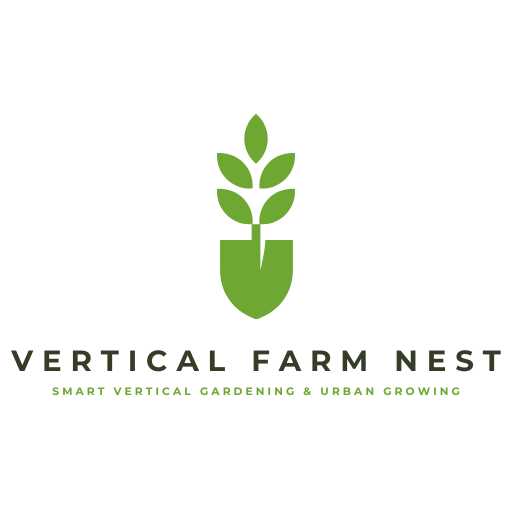
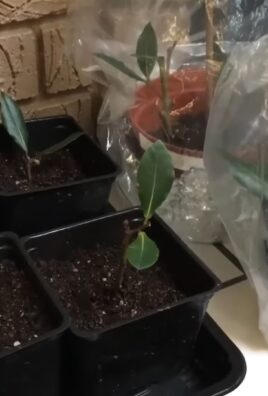
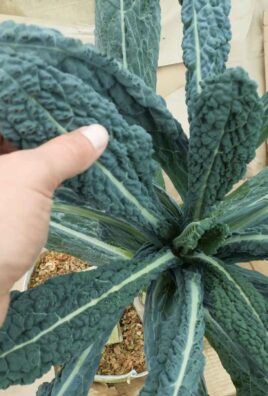
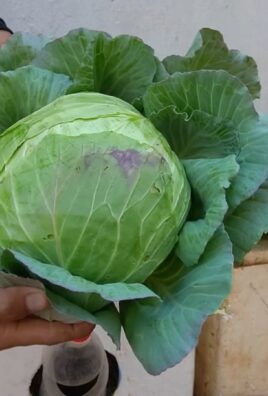
Leave a Comment